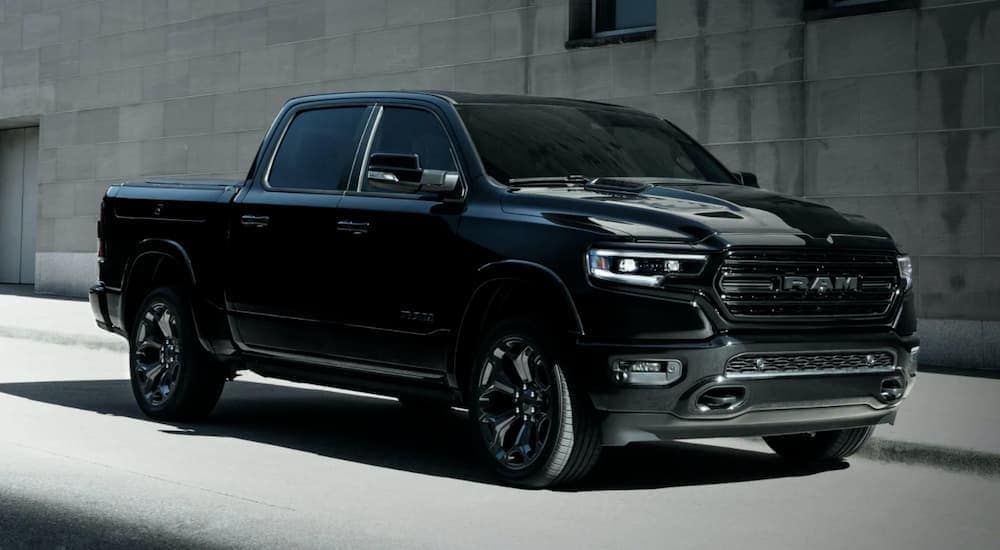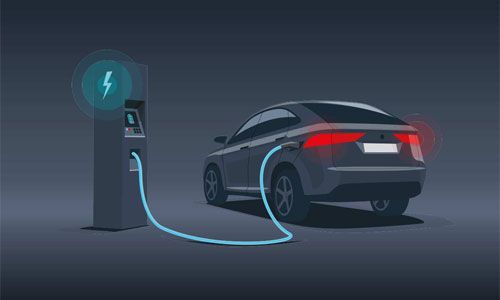Every Senior Needs these Tips to Buy a Secondhand Car
Seniors encounter special difficulties while shopping for a pre-owned vehicle. This guide shows you how to locate a dependable and cost-effective vehicle plus teaches you to stay clear of purchasing errors which put your safety and money at risk.

1. Determine Your Vehicle Needs Before Deciding Your Budget
Your car search needs to begin with problem-solving because it helps you find the ideal vehicle. Ask yourself these questions:
- Do you expect your daily rides in the car for short trips to be the majority, or long-distance highway trips?
- Do you need extra space for passengers or storage?
- Are those advanced safety features such as lane assist and/or backup cameras a must?
After listing what you require select a definite spending limit. Consider all the money you will need to spend on insurance registration maintenance and fuel. For people who rely on a fixed income buying an affordable and dependable vehicle helps prevent money problems. A good rule of thumb is to spend no more than 15% of your annual income on a car.
2. Research Makes and Models Known for Reliability
Not every vehicle holds up well over time no matter what its condition at purchase. Check reliable websites Consumer Reports J.D. Power and Kelley Blue Book to see how owners rate and evaluate their cars for reliability. For active seniors Toyota Camry Honda CR-V and Subaru Outback demonstrate proven durability in long-term use.
Pay attention to cars with good fuel efficiency. Seniors who budgets closely will find substantial gas savings which add up over time. Check if a car has problems before you buy it by finding reports about its quality.
3. Prioritize Safety Features
Driver safety needs focus for seniors who lose reaction speed or struggle with movement problems. Our modern technology enhances vehicle safety and many safety features now come standard on older cars. Look for the following features in your used car:
- Blind Spot Monitoring: The system tracks vehicles in your behind-the-wheel zones so you won’t miss them.
- Lane Departure Warning: Your car will be less likely to drift by accident from this capability.
- Rearview Cameras: This tool gives you safer views when parking or reversing.
- Automatic Emergency Braking: May prevent potential collisions.
Test these features during a test drive to ensure they work.
4. Check the Vehicle History Report
Every buyer should obtain a vehicle history report first. Service providers CARFAX and AutoCheck provide complete car history details that show past damage events along with accident and ownership records. A clean history means fewer surprises down the road. Avoid vehicles with major accidents, as hidden damage could compromise their performance and safety.
Additionally, check if regular maintenance was performed on the car throughout its previous ownership. Avoid neglectful histories that suggest irregular oil changes or skipped tune-ups.
5. Have a Trusted Mechanic Perform an Inspection
Even if the car’s appearance and history check out, you should never skip a professional inspection. A certified mechanic can identify issues that may not show up on a history report, such as hidden engine trouble, brake wear, or worn tires. The cost of this inspection (usually around $100-$200) is small compared to the expense of fixing hidden problems later.
6. Negotiate Assertively
When purchasing a used car price negotiations happen often and research helps you succeed. Get the car’s market value listing first from Kelley Blue Book or Edmunds before offering to buy. Build your maximum budget before negotiations start and leave when you do not feel good about the deal.
Second, dealerships sometimes add extra costs, so one should read a sale agreement in detail. Obtain clear explanations for additional charges and negate anything that makes no sense to you.
7. Ensure the Automobile Accommodates Your Physical Convenience
Sit in the driver’s seat of a used car and determine how comfortable you feel. Are you able to adjust the seat to see clearly over the hood of the vehicle? Are controls easily accessible and intuitive for your needs? Long drives are not easy on seniors if a vehicle does not provide proper support and comfort for a posture.
Related articles

5 Essential Tips to Optimize Your Car Leasing Experience
Nowadays, the concept of leasing a vehicle has emerged as an increasingly popular alternative to traditional ownership. However, it’s essential to understand the intricacies of the process and how to leverage them to your advantage.Click to discover more valuable information.



Dodge Ram’s Relentless Drive Towards Truck Supremacy
In the ever-evolving landscape of the automotive industry, one name stands tall, casting a formidable shadow over the full-size truck segment – Dodge Ram.Uncover more by clicking for detailed information.



Essential Considerations for Buying an Electric Vehicle
In a world striving for sustainability, the shift towards EVs is gaining momentum. With their promise of reduced emissions and lower operational costs, EVs have become an enticing option for environmentally conscious consumers.Dig into it for a deeper exploration of the subject matter.














